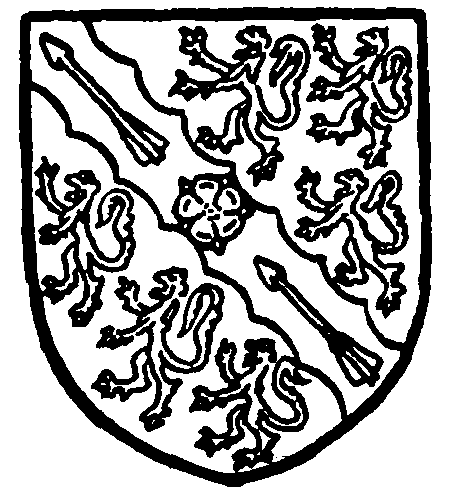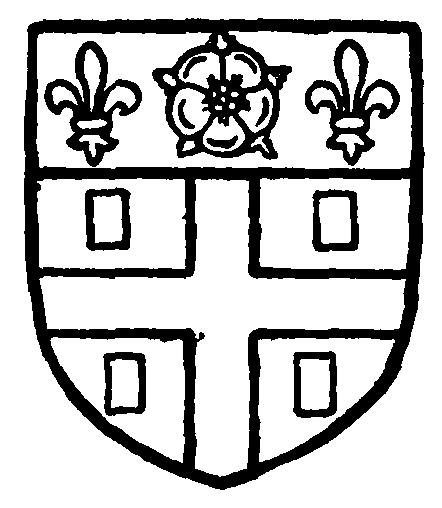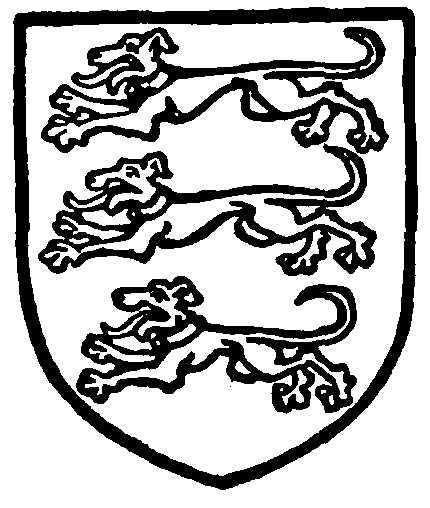A History of the County of Lancaster: Volume 8. Originally published by Victoria County History, London, 1914.
This free content was digitised by double rekeying. All rights reserved.
'Townships: Egton with Newland', in A History of the County of Lancaster: Volume 8, ed. William Farrer, J Brownbill (London, 1914), British History Online https://prod.british-history.ac.uk/vch/lancs/vol8/pp358-360 [accessed 19 April 2025].
'Townships: Egton with Newland', in A History of the County of Lancaster: Volume 8. Edited by William Farrer, J Brownbill (London, 1914), British History Online, accessed April 19, 2025, https://prod.british-history.ac.uk/vch/lancs/vol8/pp358-360.
"Townships: Egton with Newland". A History of the County of Lancaster: Volume 8. Ed. William Farrer, J Brownbill (London, 1914), British History Online. Web. 19 April 2025. https://prod.british-history.ac.uk/vch/lancs/vol8/pp358-360.
In this section
EGTON WITH NEWLAND
Eggettane in Schathwyk, 1277; Egton, c. 1410. Nyweland, 1346.
Newland is the southern and larger part, Egton the northern, having a small outlying piece in Lowick. The respective areas are 2,136 and 1,524½ acres, or 3,660½ in all. (fn. 1) The Leven and Crake form the eastern boundary; the western is formed in part by Newland Beck, which at the hamlet of Newland, on the northeast border of Ulverston, turns to wind eastward through the plain country towards Leven. This beck, which may be said to bisect Newland, divides the more level country on the south, called Plumpton towards the east, from the hilly country on the north, which attains 536 ft. above sea level in Newland and 607 ft. in Egton. There is no hamlet called Egton, the chief clusters of dwellings in this division being Penny Bridge and Spark Bridge, situated a mile apart on the banks of the Crake. High and Low Scathwaite and Nettleslaclc are other hamlets. In 1901 the population numbered 934.
The principal road is that between Ulverston and Coniston, along the right bank of the Crake, passing through Newland, Arrad Foot, Greenodd, Penny Bridge and Spark Bridge, with roads leading east into Cartmel and Colton at each of the three last-named hamlets. Another road from Ulverston crosses the township from Bowstead Gates on the west to Penny Bridge. The Furness railway crosses the southern end of the township, and has a branch north to Greenodd, then turning eastward to go up the Leven to Windermere.
Greenodd, the highest point to which the Leven was navigable, was formerly a creek in the port of Lancaster, from which the slate, iron bars, copper ore, gunpowder and other products of the district were shipped to Liverpool and Glasgow. (fn. 2) There was a cotton mill at Spark Bridge until 1860, (fn. 3) and still there are bobbin mills. The forge at Newland was founded in 1747, and continued in work till 1890; the company owning it worked also other forges in the district. (fn. 4)
The soil is loamy, overlying gravel. Wheat and oats are grown.
The township is governed by a parish council of six members. A school board was formed in 1875. (fn. 5)
Manor
William de Lancaster III gave EGTON and Scathwaite to Furness Abbey with his body. (fn. 6) In 1535 the abbey had a rent of £8 2s. 4d. from Egton and £2 from Scathwaite, (fn. 7) and in 1649 it was reported that a court baron was held there in January or February each year. (fn. 8) The Earl of Dalkeith, son of the Duke of Buccleuch and Queensberry, is lord of the manor, and courts are held. (fn. 9)
The abbey received other grants of land in Egton, (fn. 10) including Rosthwaite (fn. 11) and Norman lands. (fn. 12)
NEWLAND, which is joined with Egton in the title of manor (fn. 13) and township, was at least in part in the possession of Roger de Lancaster in 1276. (fn. 14) The mill of Newland paid 7s. 6d. rent to the abbey in 1535. (fn. 15)
PLUMPTON, (fn. 16) sometimes called a manor, was shared by different owners, (fn. 17) but the Harrington part seems to have been the principal one. (fn. 18) After the Suffolk forfeiture in 1554 it was acquired by John Sawrey, of the Graythwaite family, (fn. 19) whose descendants continued to own it till the beginning of the last century. (fn. 20) The most noteworthy of the line was John Sawrey, the Puritan justice (fn. 21) who showed himself a bitter opponent of George Fox and the Quakers from the first, (fn. 22) and was drowned on crossing the Leven Sands in 1665. (fn. 23) His grandson Roger Sawrey, founder of the Bible charity still in operation, had a niece Anne, who married Bacon Morritt (fn. 24) of York; their grandson, John Bacon Sawrey Morritt of Rokeby, was a friend of Sir Walter Scott's. He and his brother occasionally lived at Plumpton, but the estate was sold about 1807 to — Whitwell of Kendal. (fn. 25)

Sawrey of Plumpton. Argent on a bend engrailed between six lions rampant gules a rose of the field between two arrows proper.

Morritt of Rokeby. Argent a cross azure between four billets sable, on a chief of the second a rose of the field barbed or between two fleurs de lis of the last.
PLUMPTON HALL stands close to the shore 1½ miles to the east of Ulverston and about half a mile to the north of the canal foot, but is of little architectural interest. It consists of two wings at right angles, the walls rough-cast and the roofs covered with blue slates, and appears to be a 17thcentury building subsequently altered and modernized. The house is said to have been originally of three stories, the upper one of which was pulled down about 1785, (fn. 26) when the building no doubt underwent a good deal of change and assumed more or less its present appearance. The north wing has square-headed sash windows and has been almost entirely reconstructed, with the exception of the doorway, which retains a good ornamental head. The chimneys of the west wing are of the cylindrical type common in the district, and there is a good oak staircase with turned balusters and square newels. An old brass lantern kept in the house is credited with supernatural powers; to whatever distance it is carried it is said to return to the house of its own accord. The hall is now a farm-house.
PENNY BRIDGE takes its name from the family of Penny, (fn. 27) descended from Richard Penny of Crake Side, who about 1587 settled near the old ford of the Crake called Tunwath. When the bridge was built not long afterwards it became known as Crake Bridge or Penny Bridge. (fn. 28) The family were benefactors of the churches and poor of the neighbourhood. The estate came to an heiress, Isabel daughter of William Penny, who in 1767 married John Machell of Hollow Oak in Colton, from whom it descended to the late Miss Justina Madeline Machell, who died in 1900, and is now held by Major Edward John Machell.

Machell. Sable three greyhounds courant in pale argent collared or.
NETTLESLACK (fn. 29) gave a name to its former owners. (fn. 30) In 1346 Thomas de Nettleslack held the third part of a plough-land in the Coucy part of Ulverston by knight's service. (fn. 31) His inheritance went to four co-heirs. (fn. 32) Thomas Levens died in 1540 holding a tenement in Nettleslack of the king as of his barony of Ulverston by knight's service and 5s. 8d. rent. (fn. 33) Stainton, not far away, also occurs as a surname. (fn. 34)
The estate called Bowstead Yeats (or Gates) was bought for the endowment of Ulverston Church in 1795. It had belonged to the Sawreys of Plumpton. (fn. 35)
In the time of Charles I a decree was made concerning the inclosure of Crake Moss and Addison Green in the manors of Egton and Newland. (fn. 36) There are scarcely any references to the place in the records. (fn. 37)
There is said to have been a chapel at Newland in 1577, (fn. 38) and in 1717 Bishop Gastrell inserts Egton with Newland as a chapelry, (fn. 39) but nothing is known to confirm this. The present Anglican church of St. Mary at Egton was built and endowed by William Penny (d. 1788) and consecrated in 1791. (fn. 40) It has several times been enlarged. The patron is Major E. J. Machell.
The Wesleyan Methodists have a chapel at Spark Bridge, opened in 1864.